Intermittent fasting is an eating plan where you cycle between periods of eating and fasting.
It does not specifically concern the foods you eat, but instead when you ought to eat them.
There are various intermittent fasting techniques, all of which split the day or week into eating periods and fasting periods.
Unless you get up in the middle of the night to snack, then you already “fast” consistently while you are asleep.
Intermittent fasting can be as straightforward as expanding that fast somewhat more.
You can do this by skipping breakfast or waiting several hours before eating your first meal at midday and dinner in the evening.
If you eat the meals mentioned above at 12 pm, then at 6 pm you effectively fast for up to 18 hours a day. You confine your eating to a 6-hour eating window.
It is undoubtedly not necessary to fast on a ketogenic diet to lose weight.
If you attempt both simultaneously and it does not feel right, then do not push yourself to the limits.
For successful fat loss and better health and wellbeing, you want to be happy with the choices you make.
Here we will discuss intermittent fasting and the benefits of using it with a ketogenic diet.

How I started Fasting
Before I even knew what intermittent fasting was, I was actually doing it on and off most of my life.
I just would never feel hungry when waking up and typically ate my first meal early afternoon or sometimes early evening.
Anyhow these days, I practice IF in combination with keto purposefully for the numerous health benefits associated with both.
Most days of the week, I do not eat my first meal until the evening at about 5 pm, and my last meal is 11 pm.
I typically fast for at least 18 hours a day with around a 6-hour eating window.
Not super strictly. If I am feeling hungry, and I want a small snack, I eat it and do not deprive myself.
Fasting occurs naturally after a while, and once it becomes a habit, your stomach reacts and learns to be satisfied with both fasting and the eating periods.
After the days, weeks, or months pass, it becomes second nature after you realize you do not need to snack all day long.
I try to eat similar to how our ancestors would have eaten in Paleolithic times.
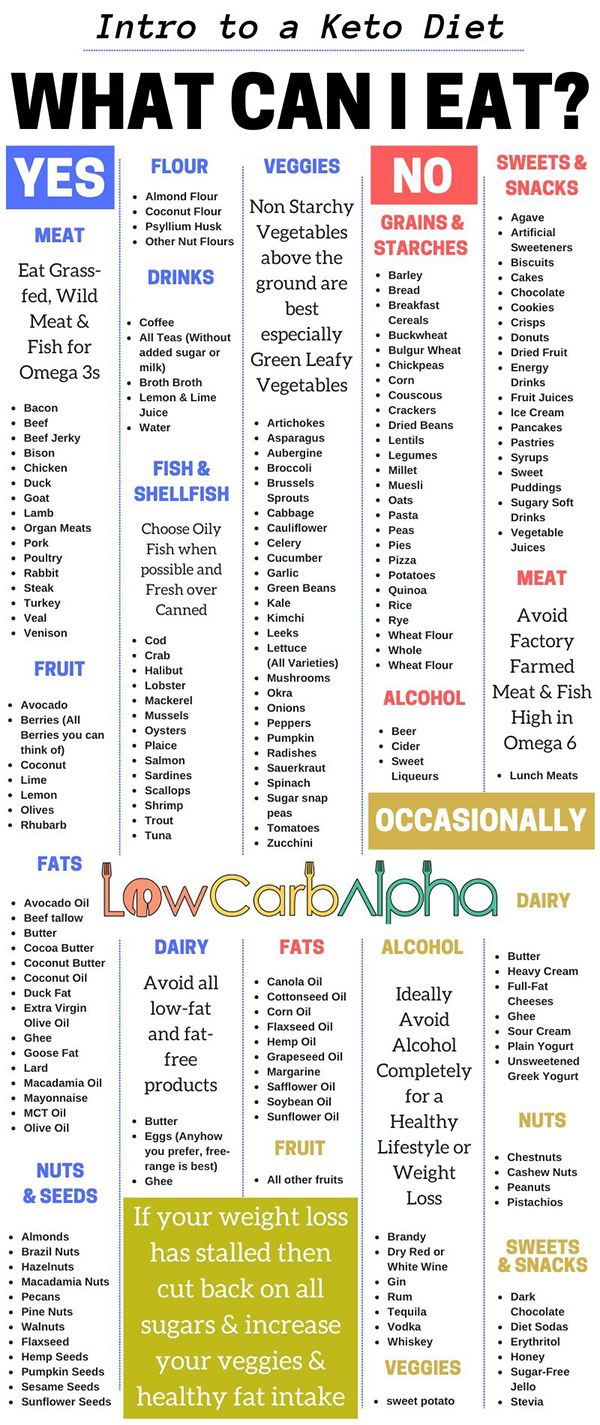
Why Fast?
One of the goals of fasting is to increase cellular autophagy and fat burning.
The benefits of intermittent fasting start when you finish your last meal.
When the body goes without food for long hours, it will increase lipolysis. Your body will induce autophagy and begin recycling unneeded proteins.
Fasting also promotes human growth hormones allowing greater muscle growth. The longer you abstain from the food, your body becomes more sensitive to insulin.
When insulin is high, it makes it super challenging to lose weight, but when insulin is low, the body can become a fat-burning machine.
Intermittent fasting will increase insulin sensitivity. Combined with an exercise plan, it gives the potential to build muscle and lose fat faster than typical three meals a day eating.

Kinds of Intermittent Fasting
Fasting naturally induces ketosis since you restrict the number of carbs coming into your body.
It is the same as nutritional ketosis, where you achieve the same goal without consuming food.
Intermittent fasting has grown more popular in the health and fitness community over the last few years for weight management, and a few distinct kinds and techniques have developed.
Here are some popular methods:
The 16/8 Method: Fast for 16 hours every day, for instance, just eat between 12 pm and 8 pm.
Eat-Stop-Eat: Once or twice every week, don’t have anything for lunch or dinner one day, until lunch or dinner the following day (a 24 hour fast).
The 5:2 Diet: During two days of the week, eat just around 500 calories or a small dinner.
The remaining five days, you eat your normal amount of calories.

Not Eating Enough When Intermittent Fasting
A common mistake when fasting is not consuming enough calories.
To properly judge whether results and whether it is working for you, you would not want to drop off on your calories.
Calculate your macros you require for the day. For example, if you need 2500 calories during the day, be sure you take in the full 2500 calories in that eating window.
So in a 6-hour eating window, you could have two meals at perhaps 12 pm, and dinner at 6 pm.
With the little windows, you could eat toward one side and eat at the opposite end. Once more, the advantage originates from the 16 to 18-hour fast.
It is not necessarily a mistake to eat a lower quantity of food when fasting. The number of meals you eat will be different for each person.
You just do not want to experience a sudden carb craving and end up reaching for carb-heavy snacks, ruining the macros for the day.
Amidst your fasting period, feel free to drink calorie-free liquids such as coffee, tea, water, and zero-calorie beverages to support the fast.
Record your weight loss progress and eat your daily macros when you are not fasting.
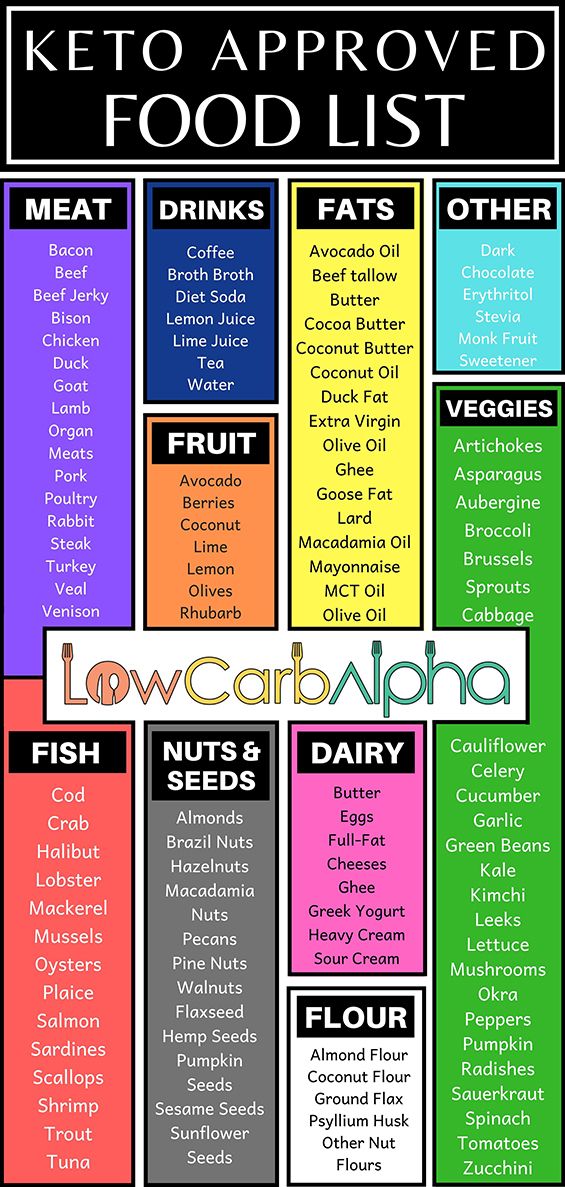
Hormone Issues
On the off chance that you have hormone issues such as hypothyroidism, adrenal fatigue, or blood sugar concerns then removing set meals may or may not be the best thing since your body is already dealing with health concerns.
Not having the required nutrients in the morning or early evening might be a stressor on the body. Not getting enough calories is a significant stressor to the body.
There is a chance that you will not eat enough if only having one or two meals a day.
It may be better to start out slow by following a low carb nutrition plan and increasing the amount of exercise and quality sleep before jumping straight into a keto fasting routine.
Advantages of Intermittent Fasting
So, intermittent or prolonged fasting is a sort of scheduled eating plan where you alter your regular day by day eating period to a specific window of time without cutting calories.
Popular fasting hours vary considerably from 18/6 or 20/4 hours eating, but it is typically no food for a longer period of time.
All through history, fasting is a typical practice in many religions.
Practiced for many centuries, it is increasingly becoming recognized as a way to extend lifespan and improve health.
Some people believe intermittent fasting will cause you to lose muscle mass through not eating.
Although the opposite is true as abstaining from food will ramp up human growth hormone production, allowing your body to maintain and increase muscle.
Today, modern science has demonstrated that fasting yields the following advantages:
- Increased health and lifespan. Being in ketosis from fasting recycles damaged cells and begins the regeneration of new immune system cells, which keeps your body healthier.
- Help promote insulin sensitivity. Optimal insulin sensitivity is crucial for your health, as insulin resistance or poor insulin sensitivity contributes to nearly all chronic diseases.
- Regulates ghrelin levels, otherwise called your hunger hormone. You will experience fewer hunger pangs and sugar cravings.
- Builds the rate of human growth hormone (HGH) production, which has a crucial part in health, fitness, and slowing the aging process.
- Help subdue the inflammation with reduced pain and battle free radical damage.
- Improved focus and thinking. With ketones as your main fuel source, you will experience better mental clarity with no brain fog.

Keto and Intermittent Fasting
Living a LCHF lifestyle is simply eating a higher amount of fat and less sugar to force the body into a process called ketosis, whereby fats are burned instead of carbohydrates for utilizing as energy.
A proper ketogenic diet calls for the dieter to consume high amounts of fat at least 75%, adequate amounts of protein or about 20%, and extremely low amounts of carbs at about 5% calories.
If eating such low amounts of carbs and sugar, you force the body into running on ketones instead of glucose.
Performing intermittent fasting on keto, in my opinion, is one of the most significant ways of healing the body and improving health.
By eating a keto diet, your body will be prone to using ketone bodies and fatty acids as you force it into ketosis.
Overall it makes fasting effortless and much easier for the body compared with breaking fasts with high-carb meals.
Due to increased satiety on low carb or keto, it is comfortable with fasting for many days in a row without becoming hungry.
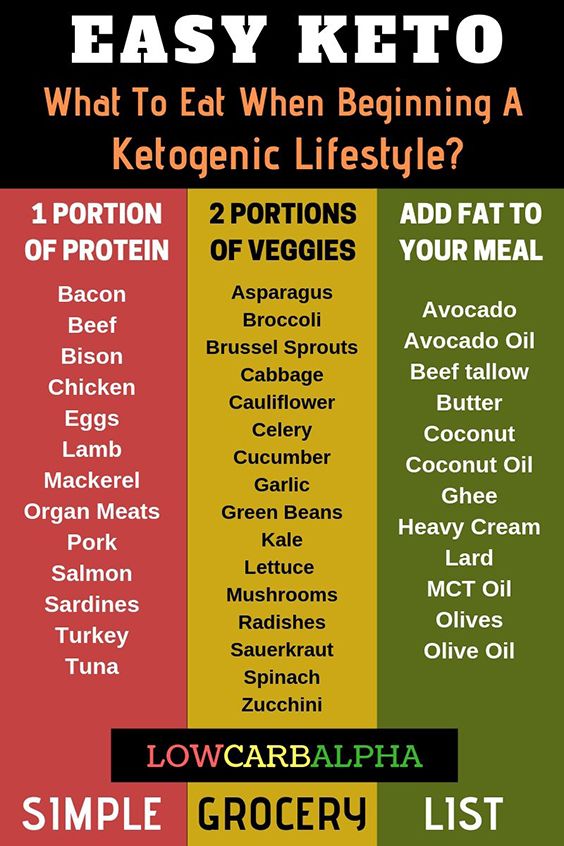
Methods for Doing Intermittent Fasting on Keto
Commonly, intermittent fasting in a ketogenic diet incorporates eating one or two meals each day, and fasting overnight and into the mid-day hours.
You want to eat food highly nutritious and rich in vitamins and minerals such as organic meat, and vegetables to aid fat loss.
Eating later in the day or evening is much more manageable for most people, including me. However, you must accommodate it with your lifestyle.
Pick a period of time that fits your schedule, and you can manage to fast with ease.
Here are some strategies that run from an 18 hour prolonged fast and 6-hour eating window.
Eat between 12 pm and 6 pm, at that point, fast from 6 pm to 12 pm the next day.
Or, eat between 4 pm and 10 pm, at that point, fast from 10 pm to 4 pm the next day.
Simply adjust this frequency to suit your needs and increase or decrease the eating window from 8 hours to 1 hour.
By avoiding that early meal of the day and having just a late lunch and supper, you are enabling your body to fast for an extended period.
When practiced over the long term it will support your fat burning, muscle building or fitness goals.
Conclusion
Keto and intermittent fasting are highly effective on their own; however, using them together can prompt a noticeable fat loss.
For those with medical concerns such as diabetes, thyroid problems, or any serious illness, check with your doctor if fasting or a ketogenic diet is right for you.
If you follow a typical high-carb diet and make a sudden change to a high-fat eating plan coupled with an extended period without food, then chances are you will fail.
You may need to start gradually to adapt to ketosis.
Your body must become accustomed to ketone bodies, a restricted eating window plus a low carb and sugar intake.
In any case, given time, you will see that the combination of keto not eating for periods of time can be a remarkable method to not solely lose weight but instead dispose of that unwanted body fat.
Do you practice eating one a meal a day or intermittent fasting on keto?
If so, what is your meal plan, your results, and effects on health?

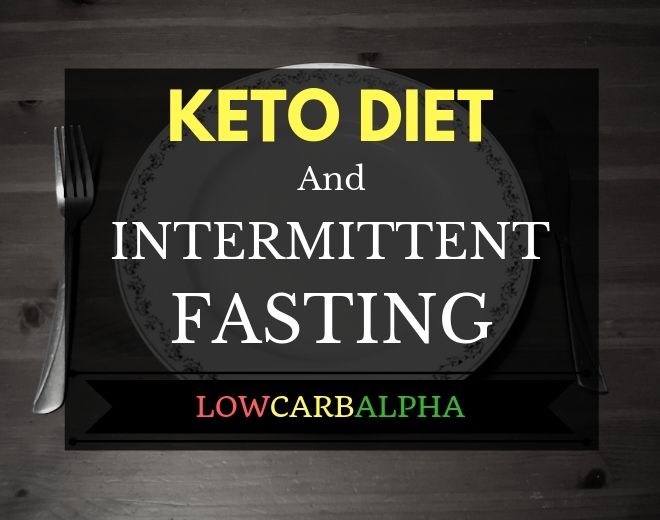

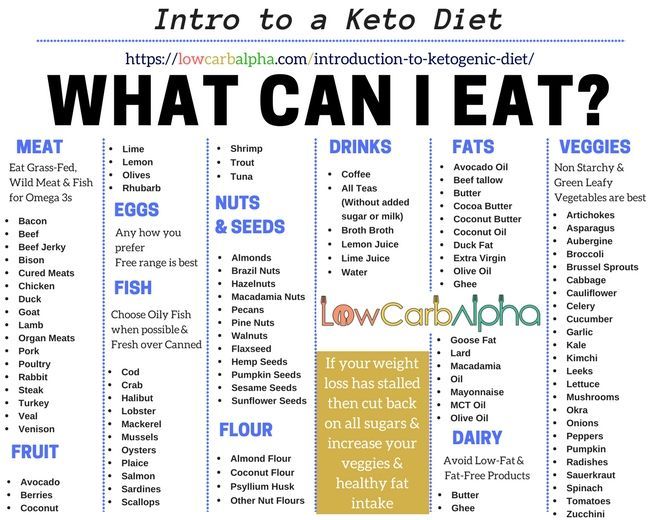
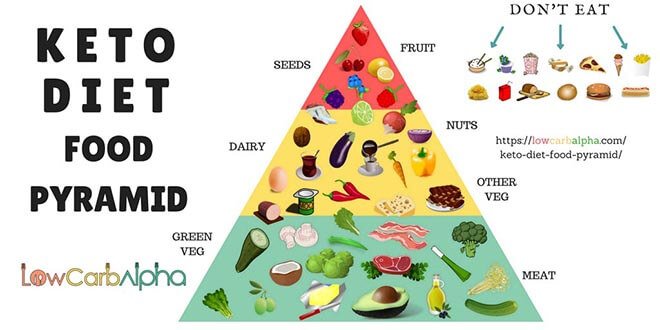
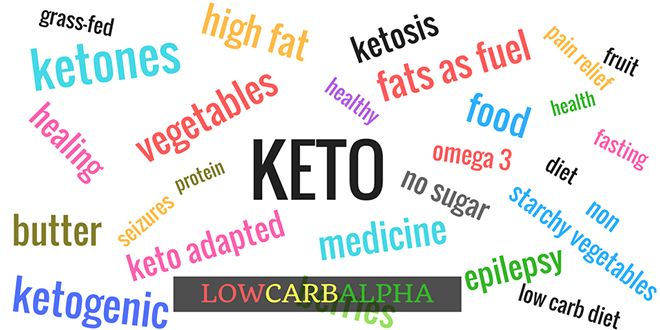
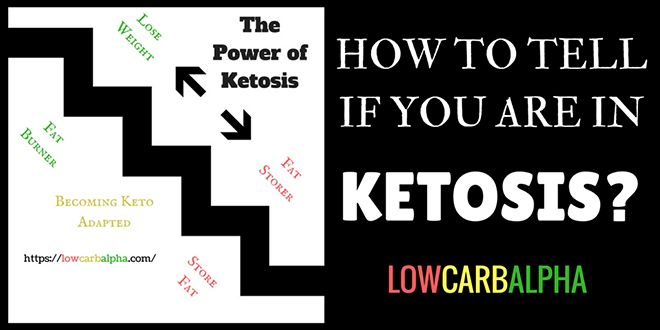
Great article! Anyone interested in this stuff should definitely check out the book Everyday Roots. It teaches you how to replace all the toxic chemicals in your life with healthy organic alternatives. Its completely changed my life and how I feel everyday! 🙂
This is a detailed, informative article. It was a great help in determining why the weight has stopped coming off and ways to fix the problem, explaining in details the specifics. Great stuff!